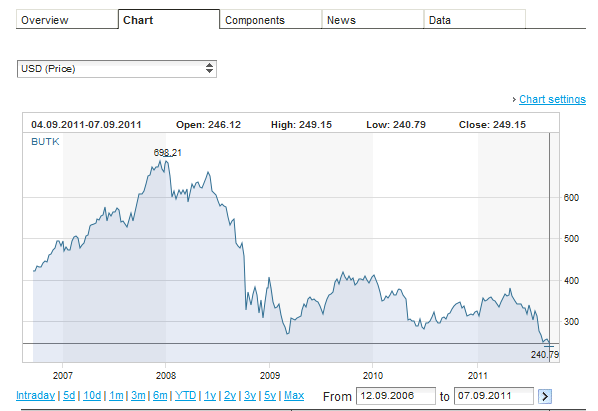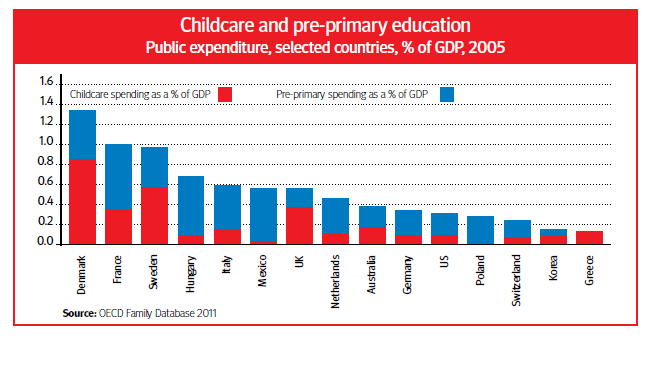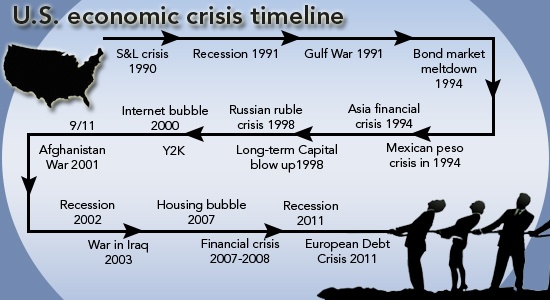Most of the oil and natural gas producers and related players in the energy sector are down year-to-date. In addition to the weakness of economies around the world, the fall in crude oil prices have contributed to this poor performance.
The table below lists all the exchange-traded energy ADRs together with their YTD returns:
[TABLE=1040]
Source: Bank of New York Mellon
Disclosure: Long PBR, EC


